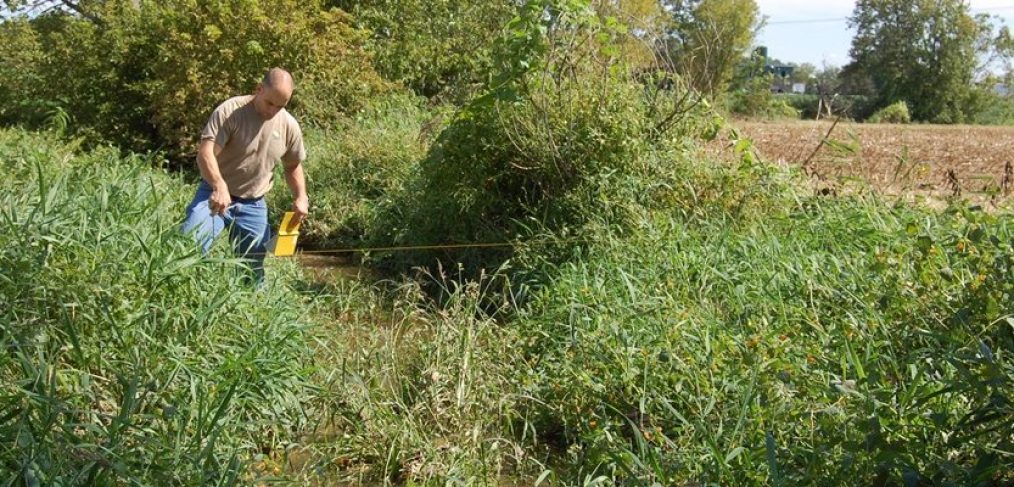
Make Sure Your Post Construction Stormwater Management (PCSM) Plan is Working
Any type of land development, such as the clearing and grading of land for the construction of a housing development, disturbs existing vegetation and soil, and increases the amount of impervious surface. This is turn increases the stormwater runoff that may leave the site and enter a nearby waterway, potentially carrying with it soil and other pollutants. To prevent this from taking place, both pre and post construction stormwater management (PCSM) practices are put in place. Most people are aware that inspections take place while construction is ongoing, but what may come as a surprise is that inspections should also occur as an ongoing task post construction. That is the focus of this article.
It All Begins with a Plan
Anyone beginning a new earth disturbance activity of 1-acre or more in size under a Municipal Separate Storm Sewer System (MS4) Permit is required to develop, implement, and maintain a written PCSM Plan. According to 25 Pennsylvania Code Chapter 102, general PCSM planning and design should, to the extent practicable, do the following:
- Preserve the integrity of stream channels and maintain and protect the physical, biological, and chemical qualities of the receiving stream.
- Prevent an increase in the rate of stormwater runoff.
- Minimize any increase in stormwater runoff volume.
- Minimize impervious (i.e. paved) areas.
- Maximize the protection of existing drainage features and existing vegetation.
- Minimize land clearing and grading.
- Minimize soil compaction.
- Use other structural or nonstructural BMPs that prevent or minimize changes in stormwater runoff.
How do you know if your efforts are meeting those recommendations? PCSM inspections. The entity holding the MS4 Permit is responsible for the long-term operation and maintenance of the related best management practices (BMPs), unless they have a formal agreement with someone else to perform that operation. PCSM inspections ensure that the BMPs are being adequately maintained and that they are functioning properly to minimize polluted runoff to local waterways.
What is a PCSM Inspection?
A PCSM inspection is required by the MS4 Permit to take place at all stormwater management facilities/BMPs at least once per permit cycle. However, those BMPs in high priority watersheds or those that were installed within the last 3 years should be inspected at least once per year. Each inspection will involve an inspection form to provide documentation that the inspection took place and what was found. The length of time needed for the inspection will depend on the type and size of the facility/BMP, the number of potential issues, and the experience of the person doing the inspection.
What is Included on a PCSM Inspection Form?
The form includes information about the following:
- Information about each stormwater management facility/BMP
- The contributing drainage area
- Pretreatment structures
- Inlets
- Sediment forebays
- Vegetation
- Emergency spillways
- Outfalls
- Outlets
- The principle spillway
- Risers
- Birms/embankments
- Low flow orifices
- Pond drain systems
- And miscellaneous features
What Happens After an Inspection?
If any deficiencies are uncovered during the inspection, corrective action is required in order to continue meeting the requirements of the MS4 Permit. Deficiencies will vary widely depending on the type of facility/BMP, however, here are a couple examples. If a spillway is found to experiencing a leak or corrosion, the deterioration must be repaired as soon as possible. If 50 percent of the forebay sediment storage capacity has been filled, extensive sediment removal is required.
For more information about PCSM requirements, go to http://www.dep.pa.gov/Business/Water/CleanWater/StormwaterMgmt/Stormwater%20Construction/Pages/E-S%20Resources.aspx.


